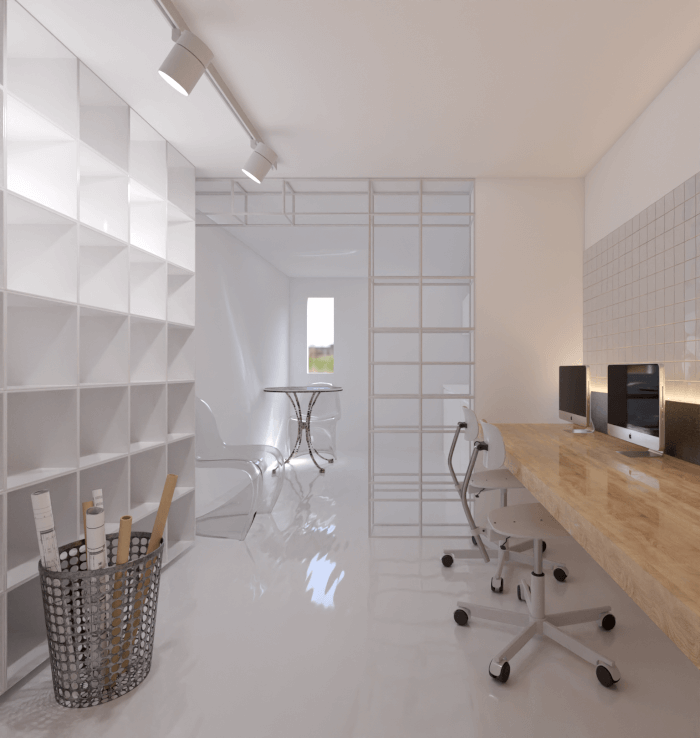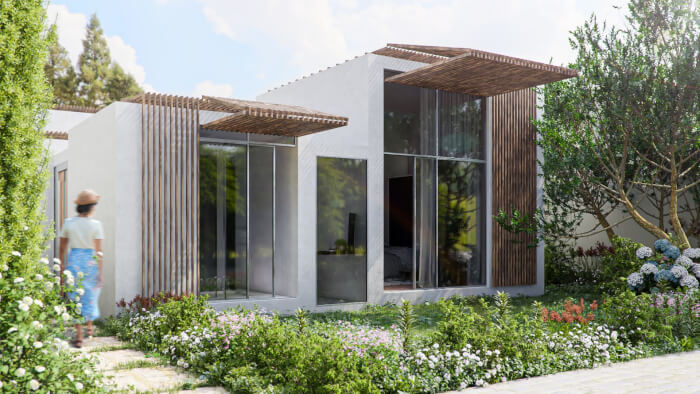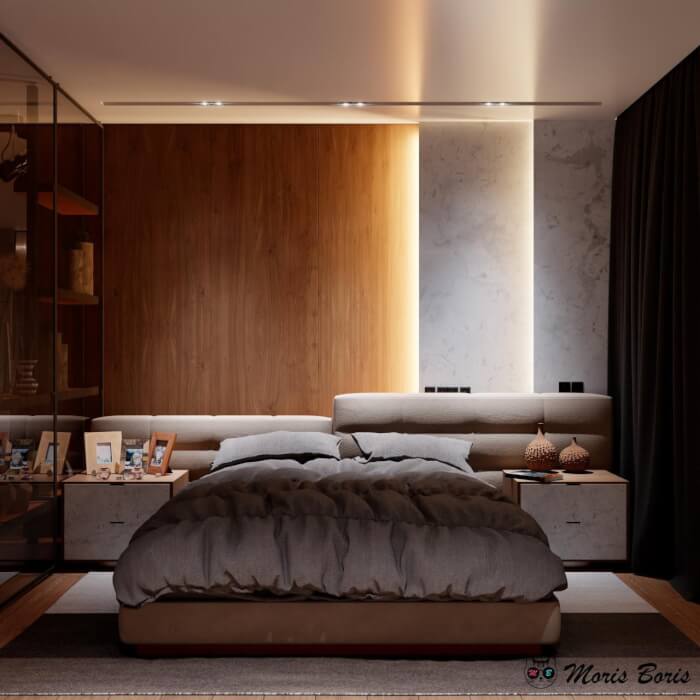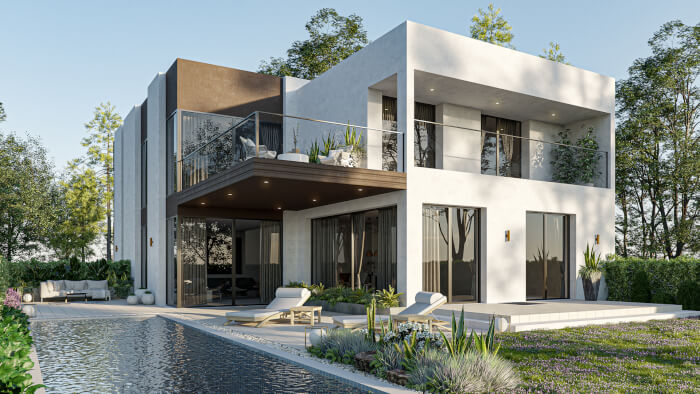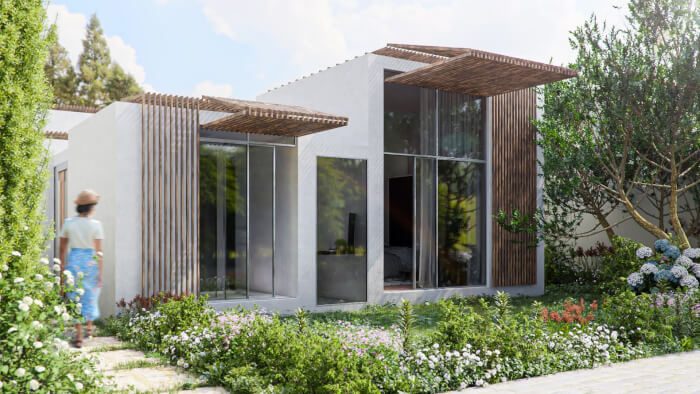
If we could go back in time a couple of years to take a look at the options available to render architectural projects with Blender, we would see a completely different line up of choices. Until the release of Cycles with Blender 2.61 at the end of 2011, we had to use YafaRay or LuxRender to stay in the opensource field.
Nowadays, you don’t see many more projects rendered with YafaRay, and LuxRender changed a lot, and today has the name of Luxcore. From both options, we always had the perception that LuxRender produced much better light results back there, and the same applies to Luxcore.
One aspect of LuxRender at the time was the long render times required to get a noise-free image. It appears that Luxcore changed that, and it is on the same level of Cycles.
How fast is it? The guys from DRAVIA. STUDIO created a quick video comparing a rendering between Luxcore and Cycles.
The results are impressive and show Luxcore beating Cycles for that scene.
With Luxcore, you have an incredible set of features to simulate accurate light behavior, but it lacks a lot of features from Cycles.
Should you use Luxcore for architecture? It is a viable option, but Cycles is still the most convenient way to render realistic images for architecture with Blender.
But, it doesn’t hurt to try it to see how Luxcore performs with a couple of scenes. It is free and opensource.
Using Blender for architecture
Do you want to use Blender for architecture or render your projects using Cycles or Eevee? We have three books available that could help you!
They cover the use of Blender for producing architectural content and also all information you need to render projects in real-time:
- Blender 2.9 for architecture: Modeling and rendering with Eevee and Cycles
- Blender 2.8 parametric modeling: Drivers, Custom Properties, and Shape Keys for 3D modeling
- Blender 3.0: The beginner's guide
- Blender 2.8 for technical drawing
- Blender Eevee: The guide to real-time rendering with Blender 2.8
You can get them in both digital and paperback formats. By ordering those books, you will not only improve your skills with Blender for architecture but also support Blender 3D Architect.

